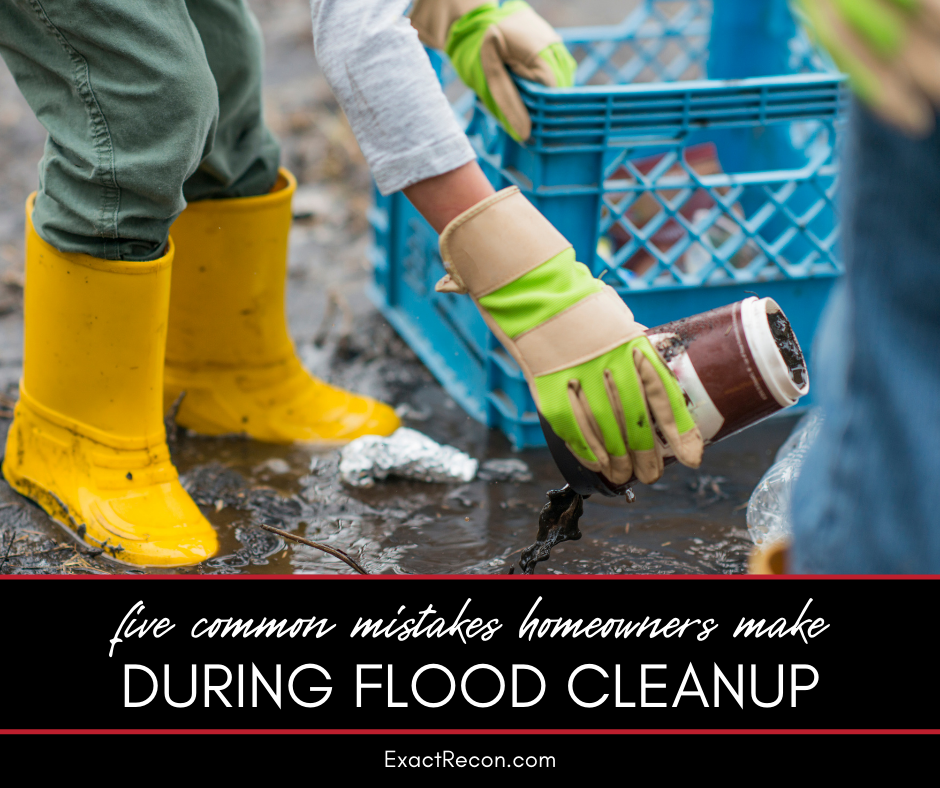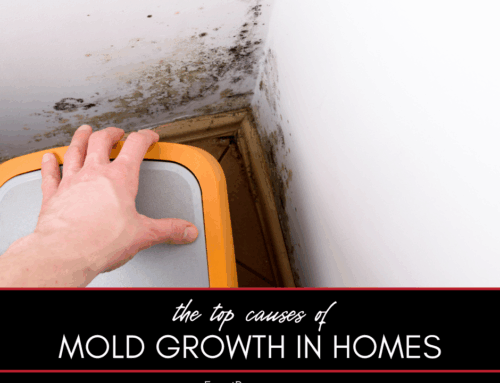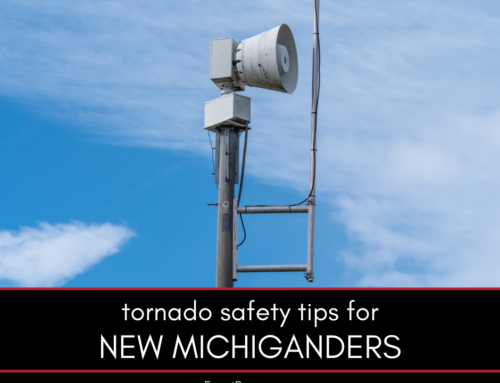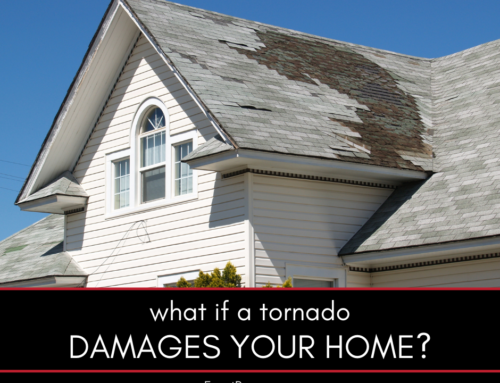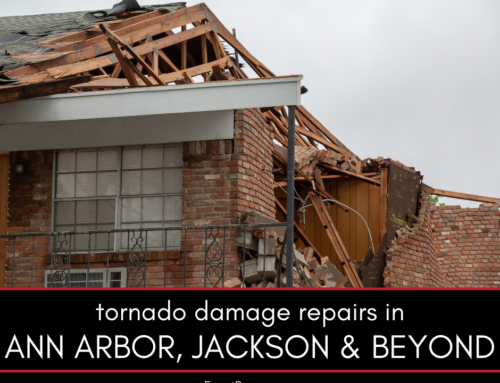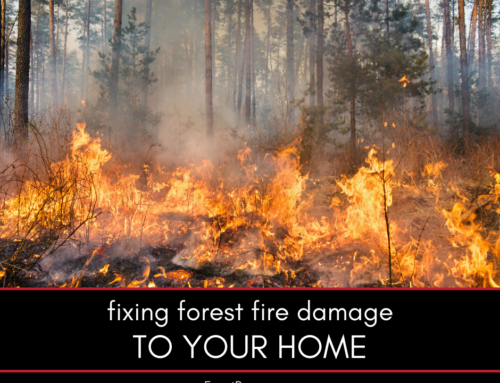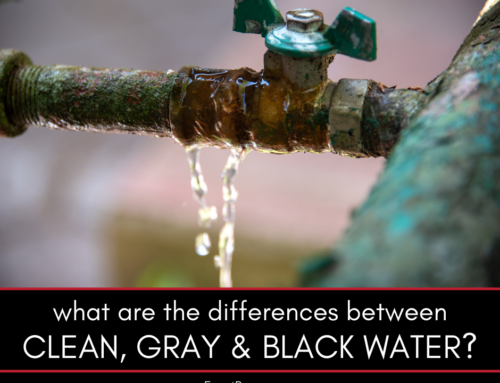Cleaning up after a flood can be overwhelming, and homeowners often make mistakes that worsen the damage or create health hazards. Knowing the pitfalls to avoid can help you clean up safely, protect your property, and prevent costly repairs. Here are five common mistakes to watch out for during flood cleanup.
5 Common Mistakes Homeowners Make During Flood Cleanup
Flood damage can lead to lasting issues if not handled correctly. From health risks to structural concerns, certain errors can make the cleanup process more challenging. This guide covers:
- Delaying the cleanup process
- Using the wrong cleaning solutions
- Ignoring hidden moisture
- Overlooking health and safety risks
- Not seeking professional help when needed
Here’s a closer look at each mistake.
1. Delaying the Cleanup Process
One of the biggest mistakes homeowners make is delaying flood cleanup. The longer water sits in your home, the more damage it causes. Standing water can lead to mold growth within 24–48 hours, and prolonged exposure can weaken the structure of walls and floors. Begin cleanup as soon as it’s safe to enter your home.
Quick action reduces the risk of mold, structural damage, and other issues. For severe flooding, consider calling a professional water damage restoration service, as they have the equipment to extract water and dry areas more efficiently. You can find helpful flood recovery resources from the Federal Emergency Management Agency (FEMA).
2. Using the Wrong Cleaning Solutions
Not all cleaning products are suitable for flood cleanup. Homeowners often reach for household cleaners, but many are ineffective against flood contaminants and mold. Using products like bleach on porous surfaces can worsen the problem, as bleach can only kill surface mold and doesn’t penetrate deep into materials like drywall or wood.
Instead, opt for cleaning solutions designed to tackle flood contaminants and mold. For hard surfaces, use disinfectants that can kill bacteria and mold spores. For porous materials, consider removing and replacing items that have absorbed water to ensure thorough sanitation.
3. Ignoring Hidden Moisture
Even if an area appears dry, hidden moisture can linger in walls, floors, and insulation. Ignoring this moisture allows mold to grow and spread, which can lead to health issues and structural damage over time. Mold growth in hidden areas is one of the most common problems homeowners face after a flood, as it often goes unnoticed until it becomes a larger issue.
To address hidden moisture, use fans, dehumidifiers, and, if possible, moisture meters to check for dampness in walls and floors. In severe cases, it’s wise to call a restoration professional who can use advanced drying equipment and infrared cameras to identify and eliminate moisture in hard-to-reach areas.
4. Overlooking Health and Safety Risks
Floodwater often contains contaminants like bacteria, chemicals, and sewage, making it hazardous to clean up without proper protection. A common mistake is handling flood cleanup without wearing the appropriate safety gear, such as gloves, rubber boots, and face masks, which can expose you to health risks.
In addition to personal safety, don’t forget electrical hazards. Water and electricity are a dangerous combination, so always turn off the power to flooded areas before beginning cleanup. If you’re unsure whether it’s safe, consult an electrician to check the area before you start.
5. Not Seeking Professional Help When Needed
Many homeowners try to handle flood cleanup on their own, but some situations require professional expertise. If floodwater has saturated walls, flooring, or structural components, a restoration service can ensure thorough drying and cleanup. Professionals have specialized tools, like industrial dehumidifiers and moisture-detecting equipment, to address deep-seated water damage and prevent mold growth.
Additionally, professionals can identify potential structural damage that may go unnoticed by homeowners. Skipping professional help can lead to recurring issues, as hidden water damage may cause ongoing mold growth and compromised structural integrity.
FAQ About Flood Cleanup Mistakes
Check out these commonly asked questions about flood cleanup mistakes. If you don’t see your question here, please call our office and we’ll find you the answers you need.
How Quickly Should I Start Cleanup After a Flood?
Begin cleanup as soon as it’s safe to enter your home, ideally within 24–48 hours. Quick action can reduce the risk of mold and other complications.
Is Bleach Effective for Cleaning Mold After a Flood?
Bleach only kills surface mold on hard surfaces and isn’t effective for porous materials. Specialized mold cleaners are more suitable for comprehensive cleanup, especially on porous items.
What Safety Gear Do I Need for Flood Cleanup?
Wear rubber gloves, boots, a face mask, and safety goggles to protect yourself from contaminants in floodwater. Ensure the power is off in flooded areas before entering.
Can I Use Household Fans to Dry Flooded Areas?
Household fans can help with drying small areas, but industrial fans and dehumidifiers are more effective for severe water damage. Professional drying equipment may be necessary in large-scale floods.
How Can I Tell if I Need Professional Help?
If water has penetrated walls, floors, or structural components, or if you’re dealing with contaminated floodwater, it’s best to contact a restoration professional for safe and thorough cleanup.
Do You Need a Disaster Remediation Expert in Washtenaw County or Jackson County?
If your home has already been damaged, we can help. Check out our services and call Exact Recon for your free disaster remediation quote today. We offer:
- Water damage restoration
- Fire damage restoration
- Mold removal and remediation
- Fire and smoke restoration
- Sewer cleanup and disinfecting
- Reconstruction
- Wind and storm damage repair


